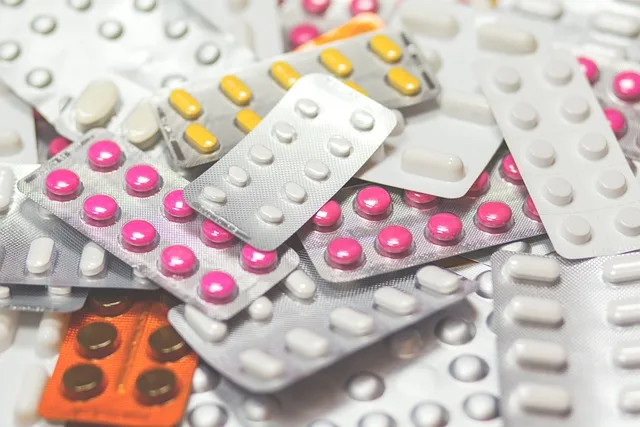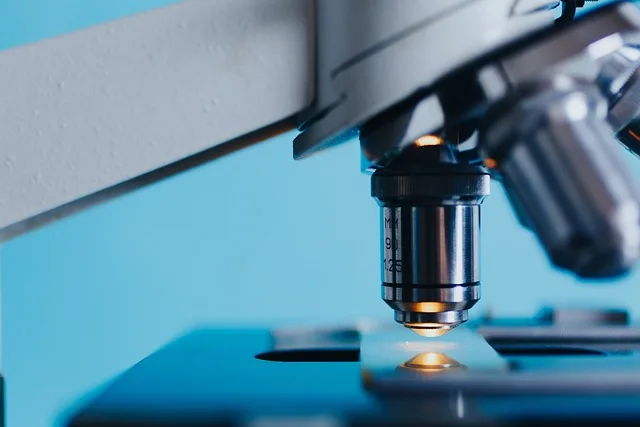How Are New Medical Drugs Developed In A Safe Way

Developing new medical drugs is a complex and highly regulated process pivotal in improving healthcare and saving lives. Ensuring the safety of these medicines is of paramount importance. This article delves into the multifaceted journey of drug development, exploring the rigorous steps and stringent regulations that guide the process to guarantee that new medical drugs are developed safely.
The Drug Development Pipeline
The journey of a new medical drug from conception to market is often described as a pipeline consisting of several key stages. Each stage is meticulously designed to assess the drug candidate’s safety, efficacy, and quality. Even the top-quality peptides for research are subjected to a rigorous development process. This process not only ensures that the drug is safe and effective but also that it meets the highest quality standards.
- Discovery and Preclinical Research: The drug development process typically begins with scientists identifying a potential drug target, often a molecule or biological process involved in a disease. In this stage, extensive laboratory research is conducted to understand the target and develop initial drug candidates. These candidates undergo rigorous testing in vitro (in the lab) and in animal models to assess their safety and effectiveness.
- Investigational New Drug (IND) Application: Researchers must submit an IND application to regulatory agencies before testing a new drug in humans. This application includes preclinical studies data outlining the drug’s safety profile and proposed clinical trial plans. The regulatory agency reviews the application and may grant permission to proceed with human trials.
- Clinical Trials: Clinical trials are the pillar of drug development and are divided into three phases:
- Phase 1: This phase involves a small number of healthy volunteers or patients. The primary focus is assessing the drug’s safety, dosage, and potential side effects.
- Phase 2: In this stage, a larger group of patients receives the drug candidate to evaluate its safety and efficacy further. Researchers also begin to determine the optimal dosages.
- Phase 3: Phase 3 trials are large-scale studies involving hundreds or thousands of patients. These trials provide essential data on the drug’s effectiveness, side effects, and potential interactions with other medications.
- New Drug Application (NDA) Submission: After successful Phase 3 trials, the drug developer compiles all the data and submits an NDA to the regulatory agency. This extensive document contains information on the drug’s safety, efficacy, manufacturing processes, and proposed labeling.
- Regulatory Review: Regulatory agencies conduct thorough reviews of NDAs to ensure the drug is safe and effective for its intended use. This process can take several months to years, during which experts assess the data and determine if the benefits outweigh the risks.
- Approval and Post-Marketing Surveillance: The drug can be marketed and prescribed to patients if the regulatory agency approves the NDA. However, post-marketing surveillance continues to monitor the drug’s safety and effectiveness in real-world scenarios.
Ensuring Safety at Every Stage
Throughout the drug development pipeline, safety is a paramount concern. Several key strategies and safeguards are in place to minimize risks:
- Ethical Oversight: Clinical trials involving human participants are subject to strict ethical oversight by Institutional Review Boards (IRBs) or Ethics Committees. These committees ensure that tests are conducted with the utmost respect for the participants’ rights and well-being.
- Informed Consent: Before participating in a clinical trial, individuals must provide informed consent, indicating their understanding of the potential risks and benefits of the study.
- Adverse Event Reporting: Throughout clinical trials, any adverse events or side effects experienced by participants are diligently recorded and reported. This allows researchers to assess the drug’s safety and make necessary adjustments.
- Data Monitoring Committees: Independent committees monitor ongoing clinical trials to ensure participant safety and review interim data to assess whether the study should continue.
- Regulatory Oversight: Regulatory agencies, such as the FDA in the United States and the European Medicines Agency (EMA) in Europe, rigorously evaluate the safety and efficacy data before approving a drug for market use.
- Post-Marketing Surveillance: Once a drug is on the market, monitoring for adverse events continues through various systems, including the FDA’s Adverse Event Reporting System (FAERS). This ongoing surveillance helps identify rare or long-term side effects.
Quality Control and Manufacturing
In addition to safety and efficacy, the quality of a drug is of utmost importance. Even the most promising drug candidate can fail if not manufactured consistently and reliably. Pharmaceutical companies must adhere to stringent quality control standards throughout the manufacturing process.
- Good Manufacturing Practices (GMP): GMP guidelines are international standards that ensure the quality and consistency of drug manufacturing. These standards cover everything from facility cleanliness to documentation of processes and quality testing of the final product.
- Batch Testing: Each batch of a drug must undergo rigorous testing to ensure it meets quality and purity standards. This includes tests for potency, stability, and absence of contaminants.
- Quality Assurance: Pharmaceutical companies have dedicated quality assurance teams responsible for ensuring that every step of the manufacturing process complies with GMP and other regulatory requirements.
- Validation: Manufacturers must validate their processes and equipment to produce safe and effective drugs consistently. Regulatory authorities must carefully review and approve any changes to manufacturing processes.
Patient-Centric Drug Development
Ensuring the safety of new medical drugs also means considering the needs and perspectives of patients throughout the development process. Patient-centric drug development involves actively engaging patients to:
- Define Treatment Goals: Patients’ insights help shape the goals and expectations of drug development, focusing on outcomes that matter most to them.
- Clinical Trial Design: Patients may participate in the design of clinical trials, helping to ensure that study endpoints align with their needs and preferences.
- Patient-Reported Outcomes: Patient-reported outcomes, such as quality of life measures, are increasingly important in assessing the impact of new drugs on patients’ daily lives.
- Access and Affordability: Developers must consider access and affordability issues to ensure that new drugs are accessible to the patients who need them.
Developing new medical drugs is a rigorous and highly regulated process that prioritizes safety at every stage. From discovery and preclinical research to clinical trials, regulatory review, and post-marketing surveillance, numerous safeguards are in place to protect patients and ensure the safety and efficacy of new medications. Additionally, stringent quality control and manufacturing standards ensure that drugs are consistently produced to the highest quality standards. As science and technology advance, drug development processes will evolve to become even more efficient and patient-centric. However, the fundamental commitment to safety will always remain at the heart of the pharmaceutical industry’s mission to improve healthcare and save lives.






